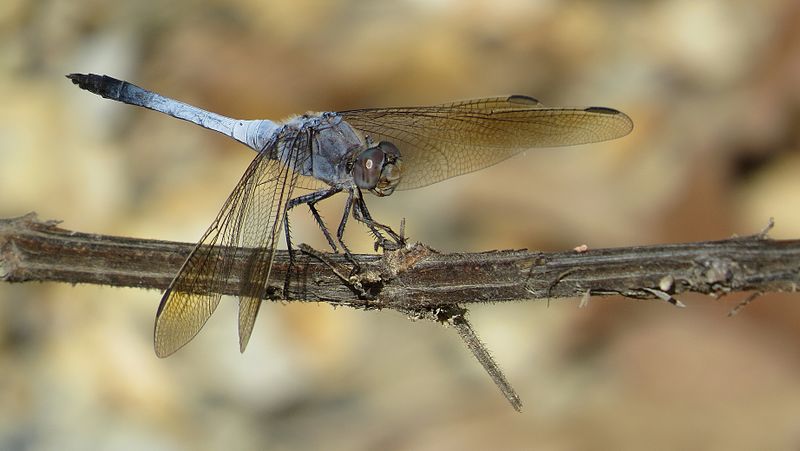Dragonflies: global masters of the sky

IN 1927 a southern giant darner (Austrophlebia costalis) was timed travelling at 96 kilometres an hour, buying it enduring fame. But while Australians like to think we are the best, too much should not be made of this example. Many dragonfly species have never been clocked in motion, and the precision of entomologist Robert Tillyard’s time-keeping back in 1927 might be questioned. That said, Australia still has some very fast dragonflies.
Because they have been around for so long dragonflies are often considered primitive, but ancient should not be interpreted as backward. Dragonflies are highly successful animals and no wonder: they can not only reach great speeds, they can fly sideways and backwards, hover and glide, and turn 90 degrees in a couple of wing beats. They have independent control of each pair of wings. Few if any animals can match this. They make our aircraft look primitive.
Dragonflies rely on their wings to hunt other insects, to court, and to guard their territories from other dragonflies. I have watched a blue skimmer (Orthretum caledonicum) lay eggs in shallow water, one at a time, while her mate hovered above, until he suddenly drove off a wasp that came to drink. Males that are feisty enough to control the better ponds are likely to do best with females. The larvae that hatch from the eggs are fierce predators that take on insects, tadpoles, shrimps and worms in the water.


The blue skimmer is one of Australia’s more colourful dragonflies, though only the males are blue-bodied. (Image Credit: Wikimedia)
The adults are highly skilled hunters with a capture rate often exceeding 90%. Some are ‘hawkers’ that fly about looking for prey, while others are ‘sit-and-wait’ predators that dart out from a perch when a victim buzzes past. Their prey includes mosquitoes, so we should celebrate that.
One dragonfly, the wandering glider (Pantala flavescens), has used its wings to become one of the planet’s most widespread insects, found in Australia, Africa, Asia and the Americas. Some of its populations migrate more than 3,500 km across the Indian Ocean between Africa and India. Some individuals journey more than twice that far. Wandering gliders have been detected 6300 metres above sea level in the Himalayas, and they were one of the first insects to arrive on Bikini Atoll after the nuclear tests ended. A genetic study of this species revealed that substantial movement between continents goes on, judging by genetic similarities between individuals in distant places.
Next time you see a dragonfly perched on a stem, pay your respects. If it is brown with clear wings it may be a wandering glider, which may mean it was born thousands of kilometres away, perhaps in a village pond in Asia.

The wandering glider is the most widespread insect on earth. (Image Credit: Wikimedia/Charles Sharp)
READ MORE:




